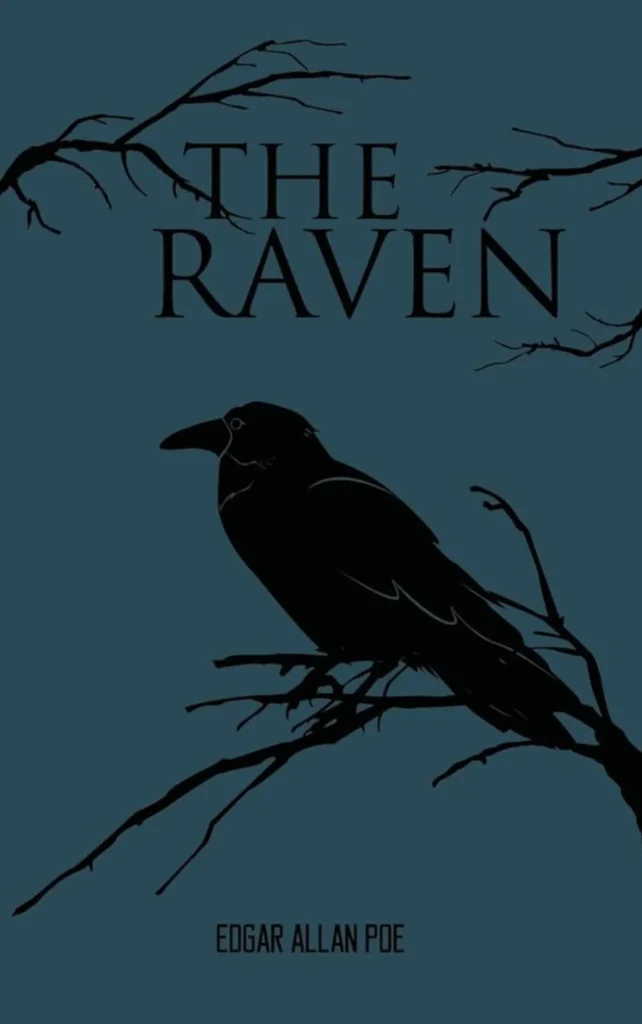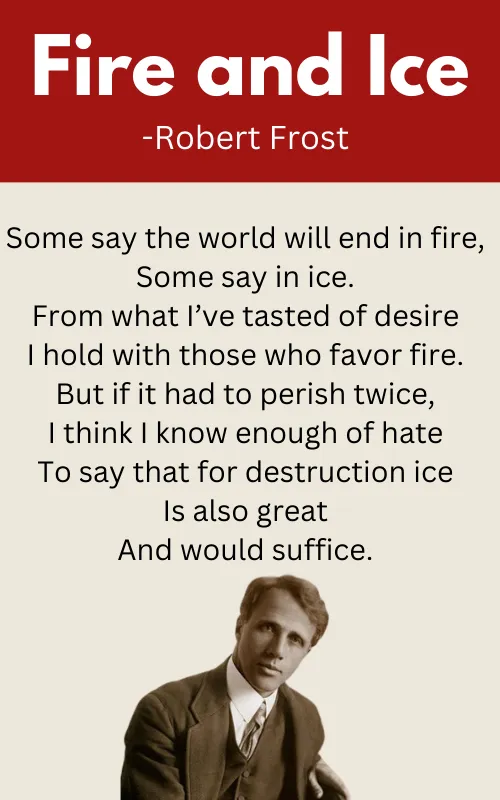About the Poem “I heard a Fly buzz—when I died“
| Poem Title | I heard a Fly buzz—when I died |
| Author | Emily Dickinson |
| Date of Composition | Estimated to be written in the 1860s |
| Poem Type | Lyric poem, often categorized as a death poem |
| Tone | Somber and reflective |
| Theme | Death, the moment of passing, the afterlife |
| Structure | Consists of four quatrains (four-line stanzas) |
| Rhyme Scheme | Irregular rhyme scheme, typical of Dickinson’s style |
| Poetic Devices | Enjambment, dashes, imagery, symbolism, and paradox |
| Central Image | The fly that interrupts the speaker’s deathbed scene |
Themes of I heard a Fly buzz—when I died
The themes of poem “I heard a Fly buzz—when I died” by Emily Dickinson are:
- Death’s Uncertainty ➤ The poem explores the uncertainty and unpredictability of death. It shows how the ordinary and unexpected can disrupt the solemnity of death.
- Disruption of the Sacred ➤ The fly’s intrusion disrupts the traditional, solemn deathbed scene, highlighting the contrast between the mundane and the profound.
- Mystery and Transition ➤ The poem delves into the mysterious transition from life to death and the unknown that follows, leaving the reader with a sense of wonder and uncertainty.
- Impermanence ➤ It emphasizes the impermanence of life and possessions, as the speaker “wills” away her keepsakes, but they ultimately hold no value in the face of death.
“I heard a Fly buzz—when I died” Poem by Emily Dickinson
I heard a Fly buzz – when I died –
The Stillness in the Room
Was like the Stillness in the Air –
Between the Heaves of Storm –
The Eyes around – had wrung them dry –
And Breaths were gathering firm
For that last Onset – when the King
Be witnessed – in the Room –
I willed my Keepsakes – Signed away
What portion of me be
Assignable – and then it was
There interposed a Fly –
With Blue – uncertain – stumbling Buzz –
Between the light – and me –
And then the Windows failed – and then
I could not see to see –
I heard a Fly buzz—when I died Summary & Analysis
I Heard a Fly buzz—when I died is a poem by Emily Dickinson that consists of four stanzas. In this poem, the speaker describes their experience of death from a unique perspective. Here’s a stanza-by-stanza summary of the poem:
Stanza 1
The speaker begins the poem by describing how they heard a fly buzzing when they died. This image is both mundane and unsettling, as it suggests that the speaker was aware of their own death as it was happening. The speaker also describes how the buzzing of the fly seemed to be the only sound in the room, which further emphasizes the speaker’s isolation and loneliness in their final moments.
Stanza 2
In the second stanza, the speaker describes the room they were in when they died. The speaker uses imagery to create a sense of claustrophobia and suffocation. The speaker describes how the room “seemed to shrink around” them, and how the “ceiling lowered like a lid.” This imagery suggests that the speaker is feeling increasingly trapped and confined as they approach death.
Stanza 3
In the third stanza, the speaker describes how their breath grew weaker and weaker as they died. The speaker compares their breath to a “frost,” which further emphasizes the speaker’s fragility and mortality. The speaker also describes how their sight began to fade, and how the world around them became a “blur.” This imagery suggests that the speaker is slowly losing their grip on reality as they approach death.
Stanza 4
The final stanza of the poem describes the moment of the speaker’s death, as they are unable to see any more, and the world becomes “void.” The fly’s buzz is the last thing the speaker hears before everything goes dark. This moment of death is not portrayed as a grand or dramatic event but as a quiet and almost mundane occurrence, with the fly as the final witness to the speaker’s passing.
FAQs from I heard a Fly buzz—when I died
What does I heard a fly buzz when I died mean?
The poem talks about how a fly buzzing during the speaker’s death interrupts the solemn moment.
What is the speaker’s experience of death like?
The speaker’s experience of death is like a claustrophobic journey where their breath gets weaker and weaker and their sight fades away until their soul leaves their body.
What’s ironic about I heard a fly buzz when I died?
The irony of the poem is that the speaker, who is dying, is more aware of the mundane sound of a fly buzzing than of their own impending death.
What does the fly buzzing symbolize?
The fly buzzing symbolizes the speaker’s mortality and transition to the afterlife.
What is the speaker’s view of the afterlife?
The speaker’s view of the afterlife is ambiguous. The speaker describes their soul “rising” into the air after they die, which suggests that the speaker believes in some kind of afterlife.
Why is the poem considered to be a masterpiece?
The poem is considered to be a masterpiece because of its vivid imagery, its powerful symbolism, and its exploration of a complex and difficult subject matter. Dickinson’s use of language is also masterful. She is able to create a sense of both dread and wonder, and she is able to convey the experience of death in a way that is both personal and universal.










